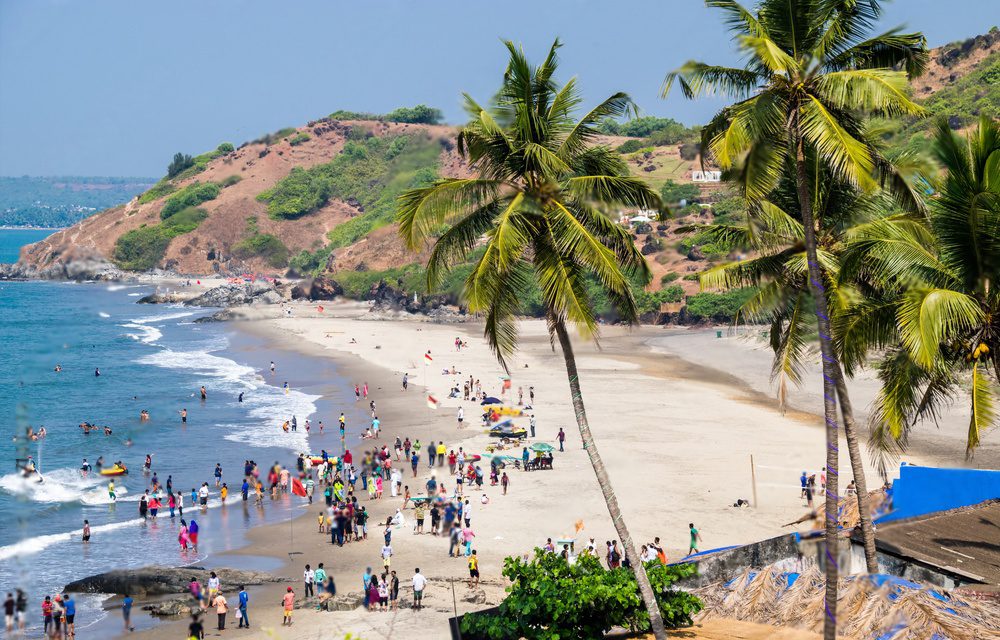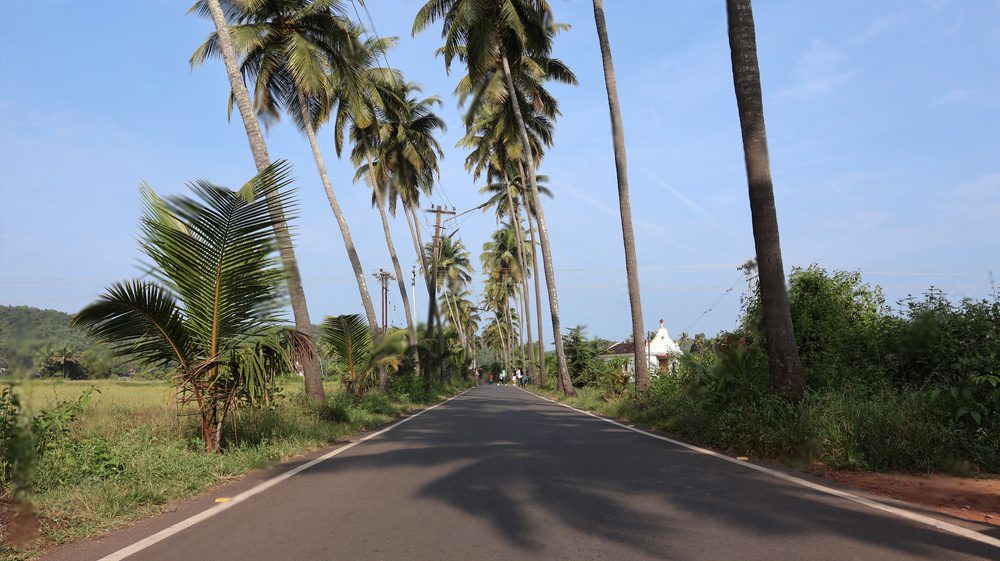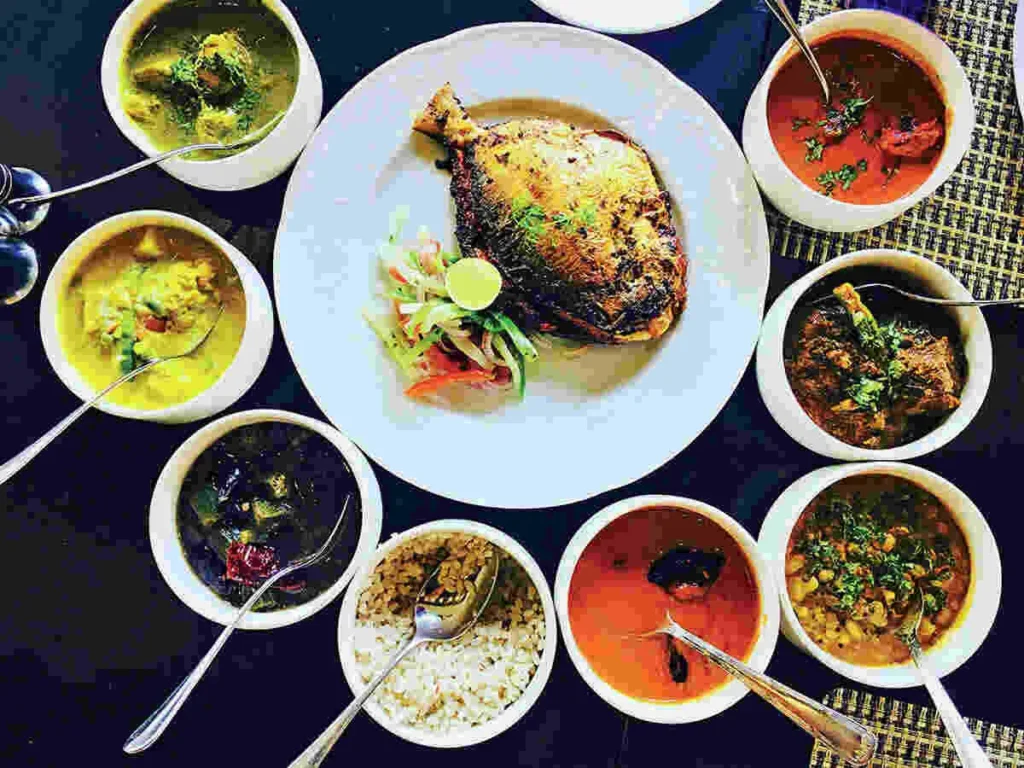Best Time to Visit Thailand, the Land of Smiles, is a year-round destination with something to offer every traveler. To make the most of your trip, timing is key. Understanding the different seasons, festivals, and peak tourist periods can help you plan the perfect vacation.
This guide will break down the best times to visit Thailand based on your interests and travel style, whether you’re seeking sun-soaked beaches, cultural experiences, or affordable deals.
Understanding Thailand’s Seasons
Thailand has three main seasons:
- Cool Season (November to February): This is the most popular time to visit, with pleasant weather and low humidity. It’s perfect for exploring cities, hiking, and island hopping.
- Hot Season (March to May): Temperatures rise and humidity increases, making it less comfortable for some travelers. However, it’s a great time for beach lovers and those who want to avoid crowds.
- Rainy Season (June to October): While it can be rainy and humid, this season offers lush landscapes, fewer crowds, and budget-friendly deals. It’s ideal for exploring the countryside and experiencing local festivals.
1. Cool Season: November to February


The Cool Season (November to February) is the most popular time to visit Thailand. The weather is pleasant, with temperatures ranging from 20°C to 30°C (68°F to 86°F), and lower humidity. It’s perfect for exploring the country’s diverse attractions.
Best Regions to Visit:
- Bangkok and Central Thailand: Enjoy sightseeing without the oppressive heat.
- Northern Thailand (Chiang Mai, Chiang Rai): Ideal for exploring temples and trekking in comfortable weather.
- Southern Islands (Phuket, Krabi, Koh Samui): The beaches are at their best, with clear skies and calm seas.
Key Festivals and Events:
- Loy Krathong (November): This beautiful festival of lights is celebrated nationwide, but it’s particularly magical in Chiang Mai.
- Chiang Mai Flower Festival (February): A vibrant festival showcasing beautiful floral displays.
Why Visit in the Cool Season?
While it’s the peak tourist season, the pleasant weather makes it a great time to visit. However, be prepared for higher prices and larger crowds. It’s recommended to book accommodations and tours in advance, especially for popular destinations.
2. Hot Season: March to May – Best Time to Visit Thailand
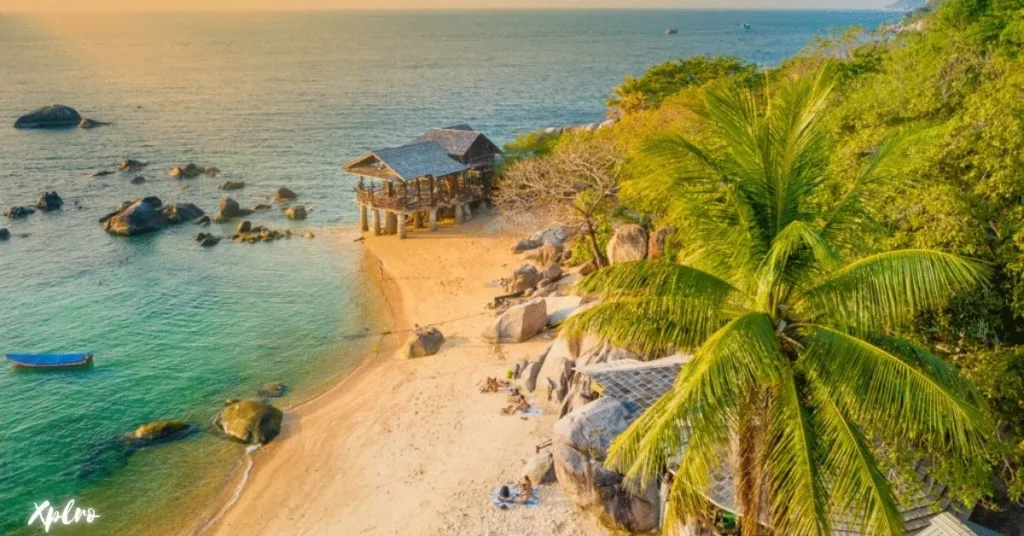

The Hot Season (March to May) brings high temperatures, often reaching 35°C to 40°C (95°F to 104°F), especially in April. While the heat can be intense, particularly in cities like Bangkok, there are still ways to enjoy your trip:
Best Regions to Visit:
- Northern Highlands: Escape the heat by heading to cooler areas like Pai and Chiang Rai.
- Islands and Beaches: Cool off at coastal destinations like Koh Samui or Koh Chang.
- Eastern Thailand: Pattaya and Koh Samet are good options with slightly milder weather.
Key Festivals and Events:
- Songkran (April): The Thai New Year is celebrated with nationwide water fights, offering a fun way to cool down.
Why Visit in the Hot Season?
If you can handle the heat, this season offers fewer crowds and lower prices. The beaches are ideal for sunbathing and water activities. However, it’s crucial to stay hydrated, wear sunscreen, and take frequent breaks in air-conditioned spaces.
3. Rainy Season: June to October
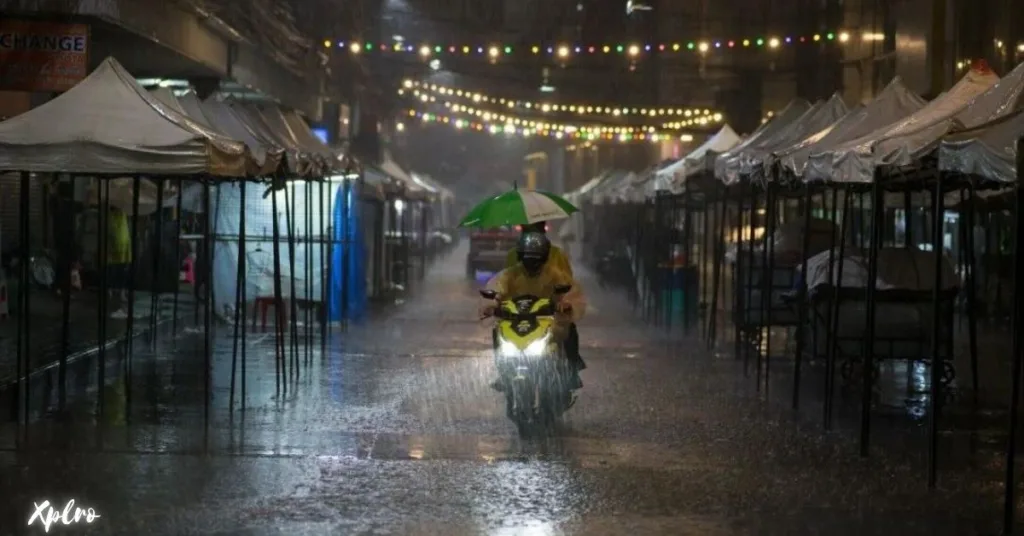

The Rainy Season (June to October) brings heavy showers and occasional thunderstorms to Thailand. However, the rain often comes in short bursts, leaving plenty of dry periods for exploration. Temperatures average between 25°C to 32°C (77°F to 90°F).
Best Regions to Visit:
- Western Islands (Phuket, Krabi): While rain is frequent, it often clears quickly. You can find fewer crowds and more affordable deals.
- Northern Thailand: Lush, green landscapes make for stunning views, especially around Chiang Mai.
- Gulf of Thailand (Koh Samui, Koh Phangan): These islands experience less rainfall compared to the Andaman Coast.
Key Festivals and Events:
- Phi Ta Khon (June/July): A colorful ghost festival held in Loei Province.
- Vegetarian Festival (September/October): Particularly vibrant in Phuket, this event involves street processions and unique food experiences.
Why Visit in the Rainy Season?
The rainy season offers several advantages:
- Lower Prices: You can find significantly lower prices on flights, accommodations, and tours.
- Lush Landscapes: The rain brings vibrant greenery to the countryside.
- Fewer Crowds: Tourist attractions are less crowded, allowing for a more peaceful experience.
However, be prepared for sudden rain showers and potential travel disruptions, especially in the Andaman Sea region. It’s advisable to check weather forecasts and adjust your itinerary accordingly.
Choosing the Best Time Based on Activities
- 1. Beach Vacations: For the best beach experience, visit between November and April when the weather is sunny and dry. The Andaman Coast (Phuket, Krabi) is ideal from November to February, while the Gulf of Thailand (Koh Samui, Koh Phangan) is perfect from February to April.
- 2. Cultural Experiences: To immerse yourself in Thai traditions, plan your trip around festivals like Loy Krathong in November or Songkran in April.
- 3. Adventure Travel: For trekking in Northern Thailand, the cool season is the most comfortable. However, if you’re looking for a more adventurous experience, the rainy season is a great time to explore waterfalls and jungles.
- 4. Budget Travel: The rainy season (June to October) is the most affordable time to visit Thailand. You can find discounts on hotels, flights, and activities, and still enjoy many attractions between showers.
Tips for Planning Your Trip
- Book Early for Peak Season: If you’re planning to travel during the cool season (November to February), it’s best to book your accommodations and tours well in advance, especially for popular destinations.
- Pack Accordingly: Regardless of the season, it’s important to pack lightweight clothing, sun protection, and a good rain jacket.
- Check Local Events: Thai festivals offer unique cultural experiences but can also lead to crowded conditions and higher prices.
Conclusion: When Should You Visit Thailand?
The Land of Smiles welcomes you year-round! To make the most of your Thai adventure, consider your travel style. The cool season (November to February) boasts perfect weather for sightseeing and island hopping. Embrace vibrant festivals and manageable heat during the hot season (March to May). Budget travelers and thrill-seekers will find the rainy season (June to October) ideal, with lush landscapes, fewer crowds, and exciting adventures. No matter the season, Thailand offers something for everyone. Visit Xplro.com to plan your perfect Thai escape and discover the magic that awaits!
FAQs
1. What is the best time to visit Thailand overall?
- The ideal time to visit Thailand is during the cool season, which spans from November to February. The weather is generally pleasant with moderate temperatures and lower humidity, making it perfect for exploring cities, beaches, and cultural sites.
2. What kind of weather can I expect in the cool season?
- In the cool season, temperatures typically range between 20°C to 30°C (68°F to 86°F). The days are mostly sunny, and rain is minimal, providing comfortable conditions for outdoor adventures and sightseeing.
3. Is it still worth traveling to Thailand during the hot season?
- Absolutely! The hot season, from March to May, offers plenty of sunshine, especially perfect for beachgoers. While temperatures can climb as high as 40°C (104°F), you can cool off at coastal destinations. Plus, participating in Songkran, the famous Thai New Year water festival in April, adds a unique cultural experience.
4. What is the rainy season like in Thailand?
- During the rainy season, which runs from June to October, Thailand experiences frequent but brief rain showers. Typically, it rains heavily for a short period, followed by clear skies. While some areas may have occasional flooding, many tourist activities remain accessible, and the countryside is lush and green.
5. Which islands are the best to visit during the rainy season?
- If you’re traveling during the rainy season, the Gulf of Thailand islands—like Koh Samui, Koh Phangan, and Koh Tao—are excellent choices. These areas tend to receive less rainfall compared to the Andaman Coast.
6. Is the cool season very crowded with tourists?
- Yes, the cool season is the peak tourist period in Thailand, especially in popular spots like Bangkok, Chiang Mai, and Phuket. To avoid large crowds, consider visiting early in the morning or explore lesser-known destinations. Booking accommodations and tours ahead of time is also recommended.
7. Are there any major festivals I should plan my trip around?
- Definitely! Loy Krathong in November is a beautiful festival where people release decorated floats into the water. Songkran in April marks the Thai New Year and is celebrated with fun, nationwide water fights. Both events offer a unique way to experience Thai culture.
8. Is the rainy season a good time for budget travelers?
- Yes, traveling during the rainy season is great for those on a budget. Prices for accommodations and tours drop significantly, and there are fewer tourists. While you might encounter occasional rain, it’s still possible to enjoy the attractions, often with a more peaceful atmosphere.
9. What are the best places for trekking in Thailand?
- The cool season is ideal for trekking, particularly in Northern Thailand. Popular trekking destinations include Chiang Mai, Chiang Rai, and Pai. The cooler temperatures make hiking more comfortable, and the scenery is stunning.
10. Is it safe to travel in Thailand during the rainy season?
- Traveling during the rainy season is generally safe, but it’s important to stay informed about the weather, especially in remote areas. Be cautious of potential flooding in certain regions, and check conditions regularly if planning activities like boat trips or hikes.
11. What should I pack for a trip to Thailand?
- Lightweight, breathable clothing is essential, along with sunscreen and a hat for sun protection. For temple visits, bring modest clothing that covers your shoulders and knees. If you’re traveling during the rainy season, include a waterproof jacket and an umbrella.
12. How can I avoid crowds when visiting Thailand?
- To avoid crowds, consider traveling during the shoulder seasons, such as late October or early November and late February to early March. You can also explore less-visited destinations, like smaller islands or northern towns, and visit popular attractions early in the day.

